Home>Furniture & Design>Outdoor Furniture>How To Clean Outdoor Furniture
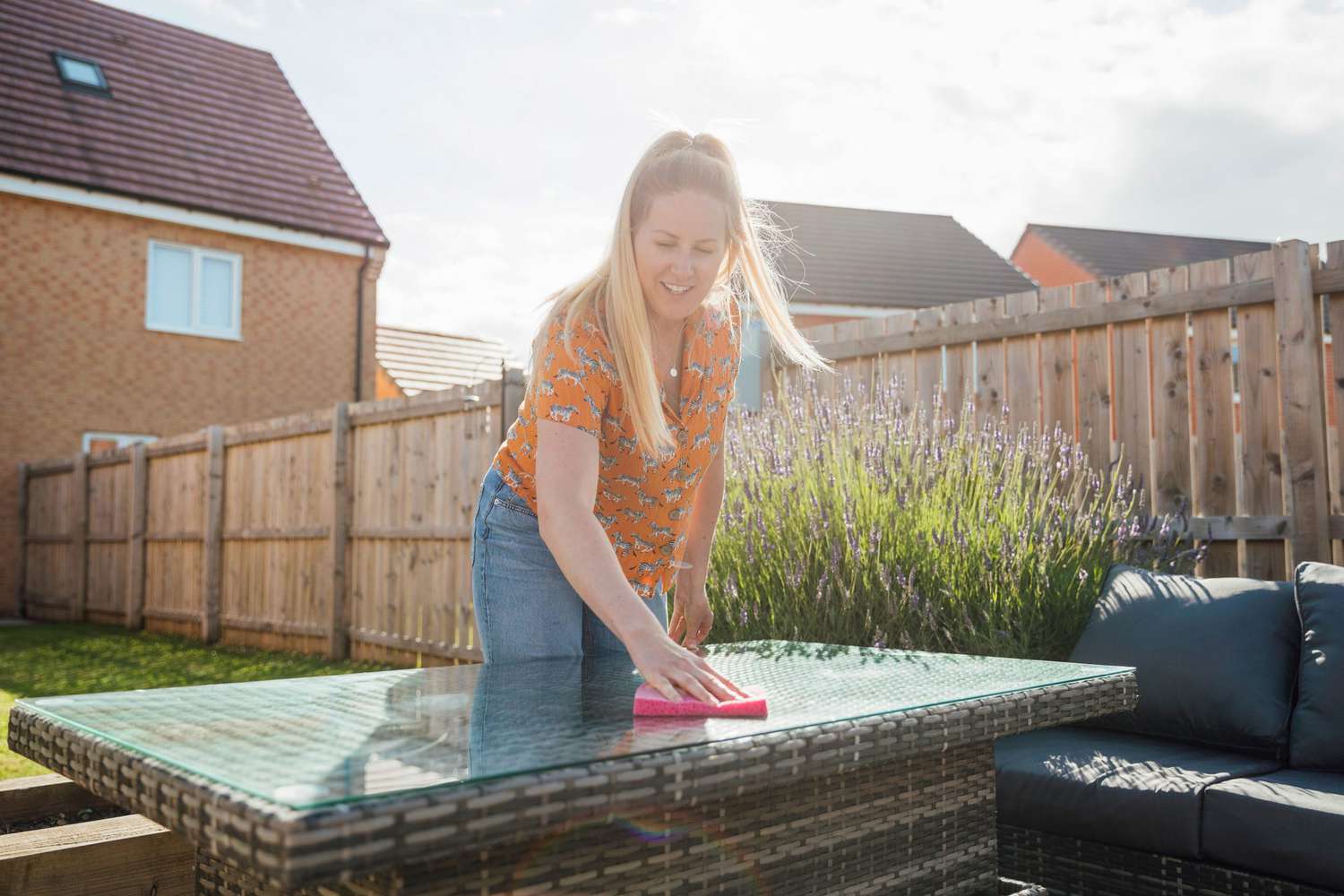

Outdoor Furniture
How To Clean Outdoor Furniture
Modified: January 19, 2024
Learn the best tips for cleaning outdoor furniture to keep it looking fresh and new. Discover the latest trends in outdoor furniture and design.
(Many of the links in this article redirect to a specific reviewed product. Your purchase of these products through affiliate links helps to generate commission for Storables.com, at no extra cost. Learn more)
Introduction
Welcome to the wonderful world of outdoor furniture! Whether you have a cozy balcony, a spacious patio, or a lush garden, your outdoor furniture plays a vital role in creating a relaxing and inviting outdoor space. However, with great outdoor comfort comes great outdoor responsibility – the task of keeping your outdoor furniture clean and well-maintained.
As the seasons change and the elements take their toll, outdoor furniture can quickly accumulate dust, dirt, pollen, and other debris. Without proper care, this can lead to deterioration and a less-than-appealing appearance. But fear not! With the right materials, techniques, and a little elbow grease, you can easily restore your outdoor furniture to its former glory.
In this comprehensive guide, we will explore the art of cleaning and maintaining outdoor furniture, covering everything from the essential materials needed to the specific cleaning processes for different types of outdoor furniture. By the end of this journey, you will be equipped with the knowledge and skills to keep your outdoor oasis looking pristine and inviting for years to come.
Key Takeaways:
- Keep your outdoor furniture clean and well-maintained by using mild soap, water, and soft-bristled brushes. Regular cleaning and protective measures can prolong the life and beauty of your outdoor oasis.
- Different outdoor furniture materials require specific care. From wooden furniture to fabric upholstery, understanding their unique needs ensures a welcoming and long-lasting outdoor space.
Read more: How To Clean Outdoor Furniture
Materials Needed
Before embarking on your outdoor furniture cleaning adventure, it’s essential to gather the right materials to ensure a thorough and effective cleaning process. Here’s a list of the essential items you’ll need:
- Mild Soap: Opt for a gentle, non-abrasive soap to avoid damaging the furniture’s surface. Dish soap or a mild detergent works well for most outdoor furniture materials.
- Water: A reliable source of water is crucial for rinsing off cleaning solutions and dirt. If you have a garden hose or access to an outdoor water supply, you’re all set.
- Bucket: A large bucket will come in handy for mixing the cleaning solution and water, providing a convenient way to transport the solution to your outdoor furniture.
- Soft-Bristled Brush or Sponge: Choose a brush or sponge with soft bristles to prevent scratching or damaging the furniture’s surface during cleaning.
- Microfiber Cloths or Soft Towels: These are ideal for drying and buffing the furniture after cleaning, leaving a streak-free and polished finish.
- Vinegar (Optional): For particularly stubborn stains or mildew, white vinegar diluted with water can serve as an effective natural cleaning solution.
- Protective Gear: Depending on the cleaning solutions used, it’s advisable to wear gloves and protective eyewear to shield your skin and eyes from any potential irritation.
- Furniture-Specific Cleaners: Certain types of outdoor furniture, such as teak or metal, may benefit from specialized cleaners designed for their specific materials. Be sure to check the manufacturer’s recommendations for the best results.
By having these materials at your disposal, you’ll be well-prepared to tackle the cleaning and maintenance of various outdoor furniture pieces, ensuring that they remain in top condition for years to come.
Cleaning Process
Now that you have assembled the necessary materials, it’s time to delve into the cleaning process. Whether you’re tackling a weathered wooden bench, a sleek metal table, or a resilient wicker chair, the following steps provide a general framework for effectively cleaning most types of outdoor furniture:
- Preparation: Begin by removing any cushions or accessories from the furniture. This will allow you to clean the furniture’s surfaces more thoroughly and address any hidden dirt or debris. Place the cushions aside for separate cleaning if needed.
- Surface Dusting: Use a soft-bristled brush or a dry microfiber cloth to gently remove any loose dust, dirt, or cobwebs from the furniture’s surface. Pay attention to crevices, corners, and intricate designs where debris may accumulate.
- Prepare the Cleaning Solution: In a bucket, mix a small amount of mild soap with water to create a gentle cleaning solution. If dealing with stubborn stains or mildew, consider adding a small amount of white vinegar to the mixture.
- Cleaning: Dip a soft-bristled brush or sponge into the cleaning solution and gently scrub the furniture’s surface, working in small sections. Take care to avoid overly abrasive scrubbing, especially on delicate materials such as wicker or rattan. For metal furniture, ensure that the cleaning solution is compatible with the specific metal type to prevent corrosion.
- Rinsing: After cleaning each section, thoroughly rinse the furniture with clean water to remove any soapy residue. A garden hose can be particularly useful for this step, providing a strong and even stream of water for thorough rinsing.
- Drying: Use a clean, soft towel or microfiber cloth to dry the furniture thoroughly. This step is crucial for preventing water spots and maintaining the furniture’s appearance. If the cushions were removed earlier, allow them to air dry separately before placing them back on the furniture.
By following these steps, you can effectively clean most outdoor furniture pieces, revitalizing their appearance and ensuring a welcoming outdoor environment for relaxation and entertainment.
Cleaning Different Types of Outdoor Furniture
Outdoor furniture comes in a variety of materials, each requiring specific care to maintain its beauty and functionality. Let’s explore the tailored cleaning approaches for different types of outdoor furniture:
Wooden Furniture
For wooden outdoor furniture, such as teak, cedar, or eucalyptus, regular cleaning is essential to preserve its natural beauty and prevent weather-related damage. Use a mild soap and water solution to clean the wood, and consider applying a protective sealant or oil to maintain its luster and resilience.
Read more: What To Clean Outdoor Furniture With
Metal Furniture
Metal outdoor furniture, including aluminum, wrought iron, and steel, can benefit from occasional cleaning with a mild soap and water solution. To prevent rust and corrosion, inspect the furniture for any signs of wear or chipping in the paint or coating, and address these areas promptly.
Wicker and Rattan Furniture
Wicker and rattan furniture should be cleaned with a soft brush or vacuumed to remove dirt and debris from the intricate weaves. A gentle cleaning solution can be used for spot cleaning, followed by thorough drying to prevent mold or mildew growth.
Plastic and Resin Furniture
Plastic and resin outdoor furniture are relatively low-maintenance and can be cleaned with a mixture of mild soap and water. These materials are often resistant to moisture and can be easily wiped down for regular upkeep.
Fabric Upholstery and Cushions
For fabric upholstery and cushions, check the manufacturer’s cleaning guidelines and use a mild detergent to spot clean any stains. If the covers are removable, follow the recommended washing instructions for a thorough cleaning.
Read more: How To Clean Mesh Outdoor Furniture
Specialized Materials
Specialized outdoor furniture materials, such as stone, concrete, or glass, may require specific cleaning products tailored to their unique properties. Be sure to consult the manufacturer’s recommendations for the most effective cleaning approach.
By understanding the specific care requirements of different outdoor furniture materials, you can ensure that each piece remains in optimal condition, prolonging its lifespan and enhancing your outdoor living space.
Maintaining Outdoor Furniture
Regular maintenance is key to preserving the longevity and appeal of your outdoor furniture. By implementing simple yet effective practices, you can safeguard your investment and enjoy a fresh and inviting outdoor space year-round. Here are essential tips for maintaining outdoor furniture:
Protective Measures
Shield your outdoor furniture from the elements by utilizing protective covers when not in use. These covers offer an extra layer of defense against sun exposure, rain, and debris, helping to prevent premature wear and weather-related damage.
Seasonal Inspections
Conduct routine inspections of your outdoor furniture to identify any signs of wear, corrosion, or damage. Addressing issues promptly can prevent further deterioration and extend the lifespan of your furniture. Look for loose screws, rust spots, or fading finishes, and take appropriate action to rectify these issues.
Read more: How To Clean Rattan Outdoor Furniture
Appropriate Storage
During inclement weather or extended periods of non-use, consider storing your outdoor furniture in a protected area, such as a garage or storage shed. This practice can significantly prolong the life of the furniture, especially during harsh winter months or in regions with extreme weather conditions.
Regular Cleaning Schedule
Establish a consistent cleaning schedule for your outdoor furniture, taking into account the specific maintenance needs of each material. By incorporating regular cleaning into your routine, you can prevent the buildup of dirt, mold, and mildew, preserving the furniture’s appearance and structural integrity.
UV Protection
For outdoor furniture exposed to direct sunlight, consider applying UV protectant products to prevent fading and sun damage. These specialized treatments can help maintain the vibrancy of colored materials and prolong the life of the furniture in sun-drenched environments.
Seasonal Refresh
Give your outdoor furniture a seasonal refresh by swapping out cushions, adding decorative elements, or incorporating new accessories. This simple yet effective approach can breathe new life into your outdoor space and keep the ambiance inviting and dynamic.
By adhering to these maintenance practices, you can ensure that your outdoor furniture continues to enhance your outdoor living experience, providing comfort, style, and functionality for years to come.
Read more: How To Clean Wooden Outdoor Furniture
Conclusion
As we conclude our journey through the art of cleaning and maintaining outdoor furniture, it’s evident that proper care and attention are essential for preserving the allure and functionality of these outdoor treasures. From the gentle cleaning of wooden furniture to the meticulous care of fabric upholstery, each type of outdoor furniture presents its own set of challenges and rewards.
By embracing a proactive approach to maintenance and cleaning, you can safeguard your outdoor furniture against the elements, ensuring that it remains a source of comfort and relaxation for years to come. Regular inspections, protective measures, and a commitment to consistent cleaning routines are the cornerstones of effective outdoor furniture care.
Furthermore, understanding the unique characteristics of different outdoor furniture materials empowers you to tailor your cleaning and maintenance strategies, maximizing the longevity and visual appeal of each piece. Whether it’s the timeless elegance of wooden furniture, the durability of metal pieces, or the charm of wicker and rattan, every material demands specific attention and care.
Ultimately, the investment of time and effort in maintaining your outdoor furniture pays off in the form of a welcoming and inviting outdoor space. Whether you’re entertaining guests, enjoying a peaceful moment of solitude, or simply basking in the beauty of nature, well-maintained outdoor furniture enriches the outdoor experience and elevates the ambiance of your living space.
So, as you embark on your outdoor furniture cleaning and maintenance endeavors, remember that each stroke of the brush, each gentle scrub, and each protective measure contributes to the longevity and beauty of your outdoor oasis. Embrace the process, savor the results, and relish in the joy of a pristine and inviting outdoor retreat.
Here’s to a future filled with the comfort, beauty, and enduring charm of your meticulously cared-for outdoor furniture.
Frequently Asked Questions about How To Clean Outdoor Furniture
Was this page helpful?
At Storables.com, we guarantee accurate and reliable information. Our content, validated by Expert Board Contributors, is crafted following stringent Editorial Policies. We're committed to providing you with well-researched, expert-backed insights for all your informational needs.
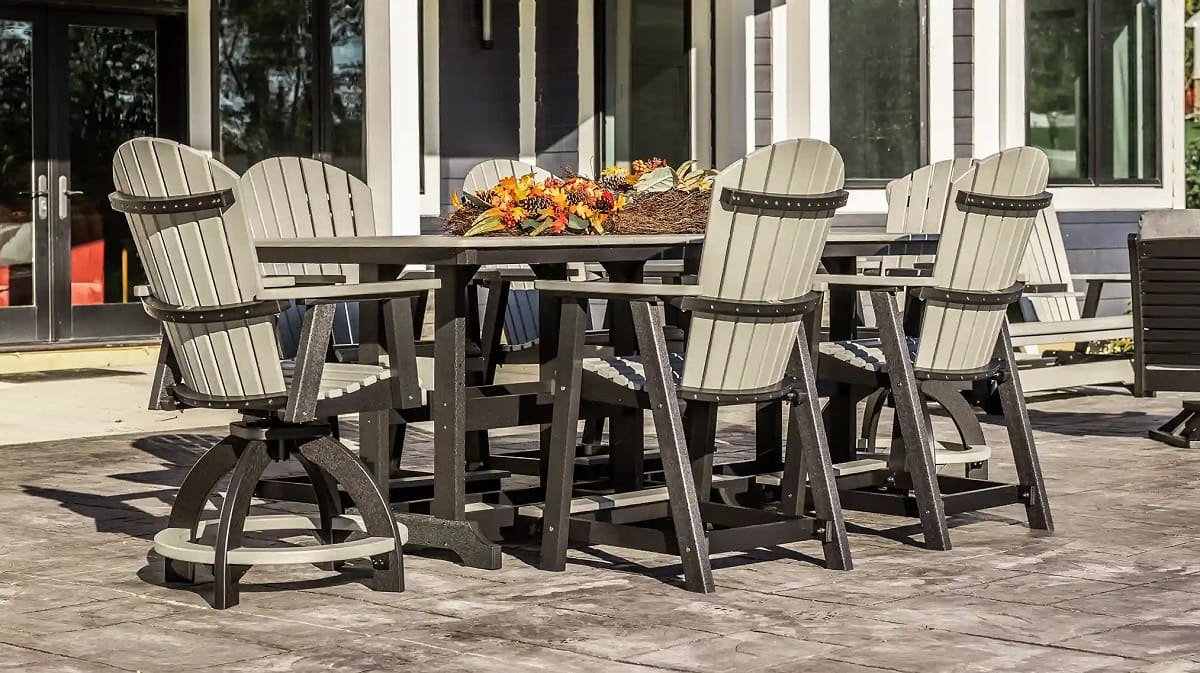
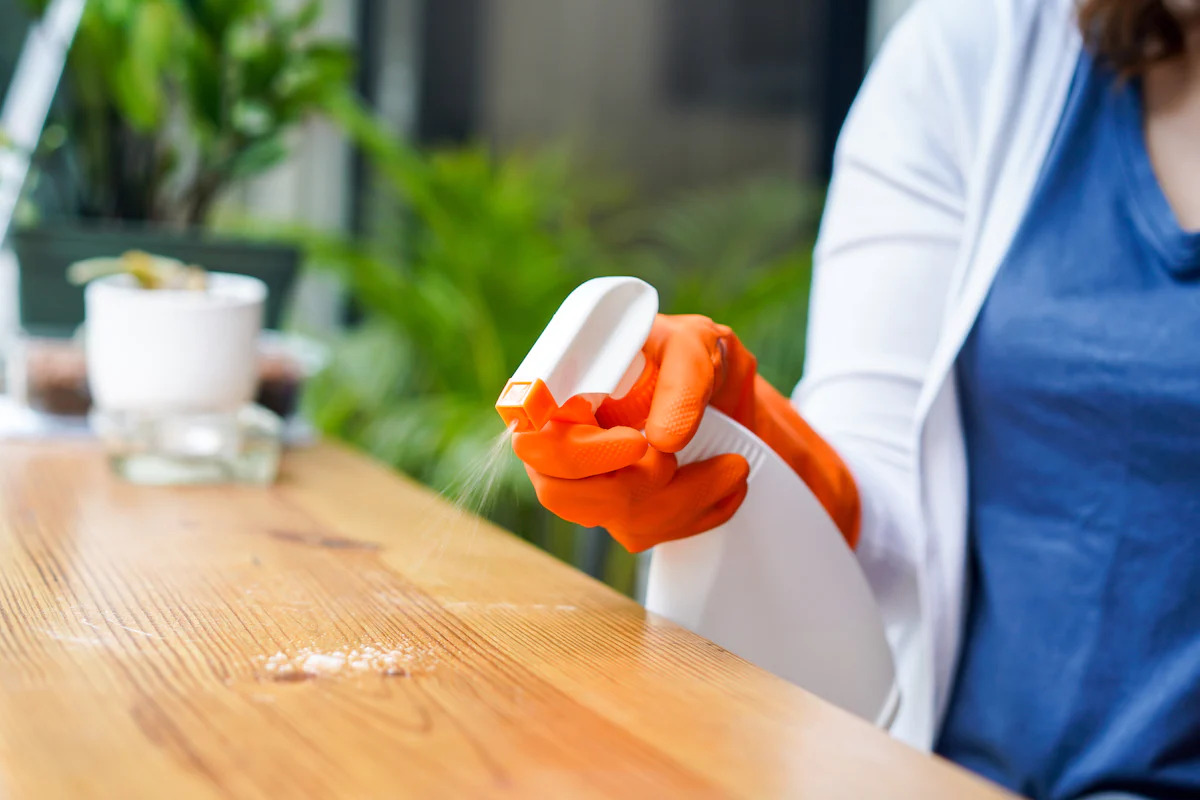
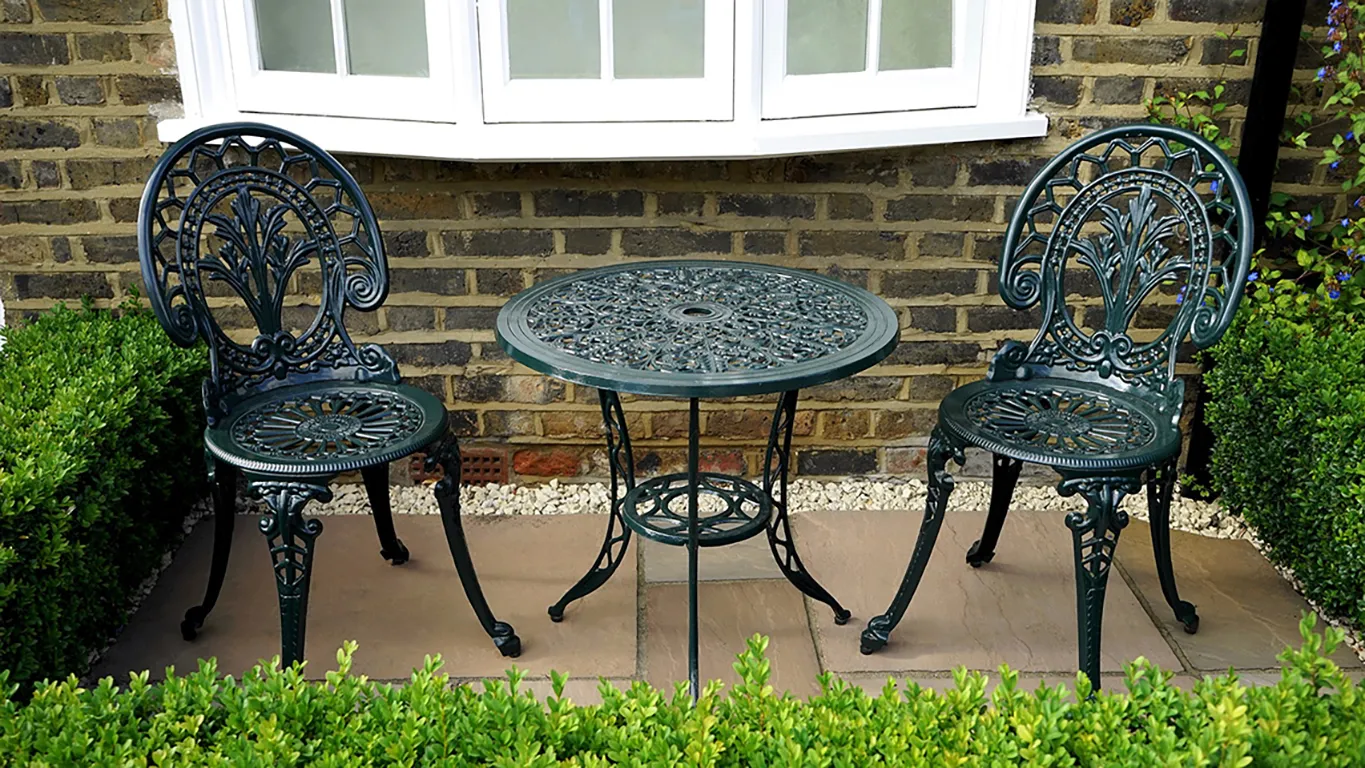
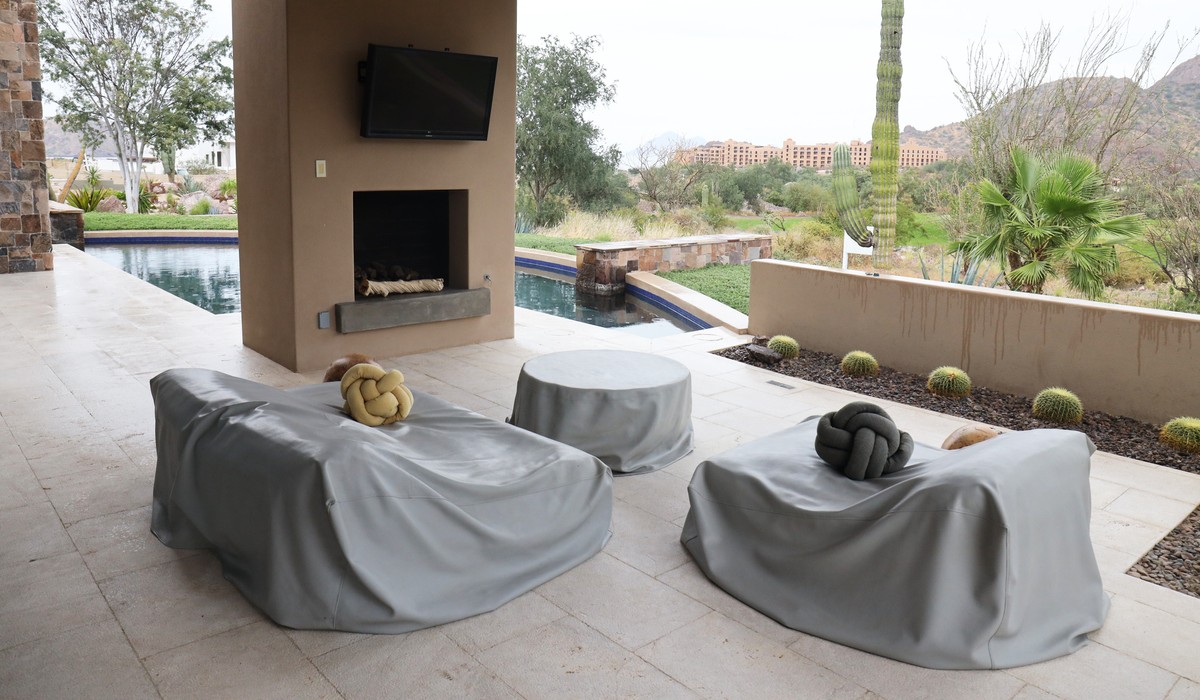
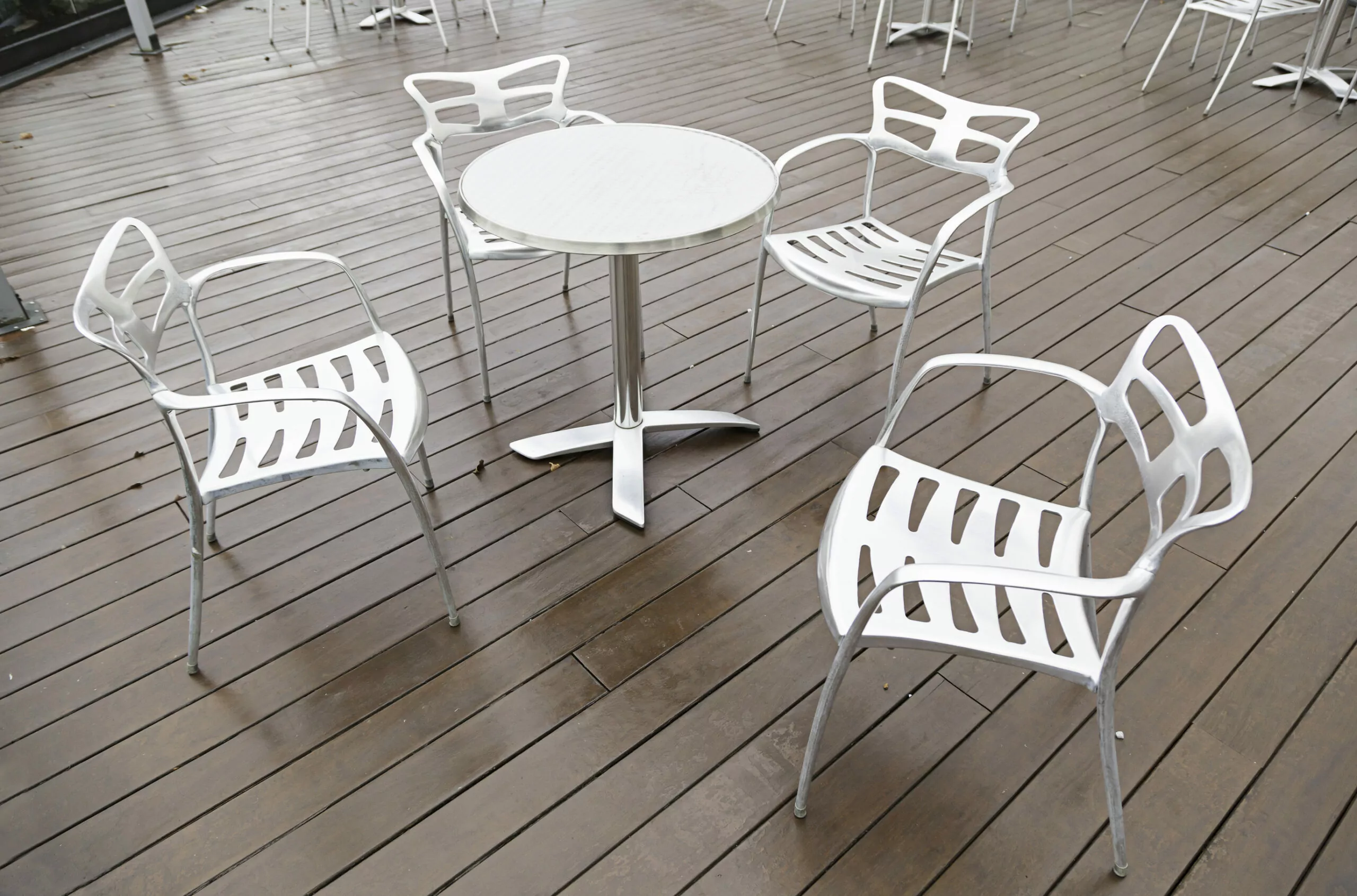
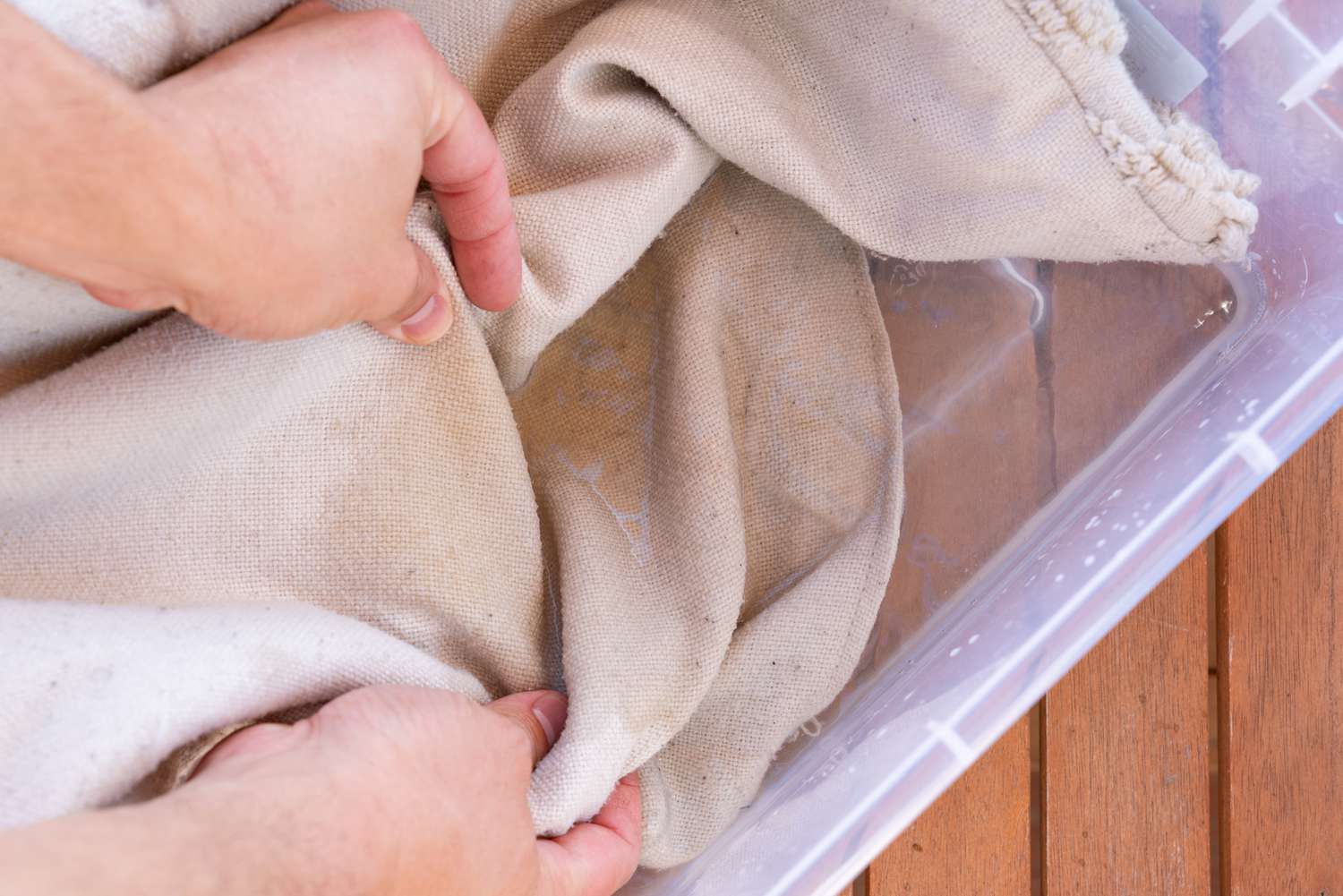
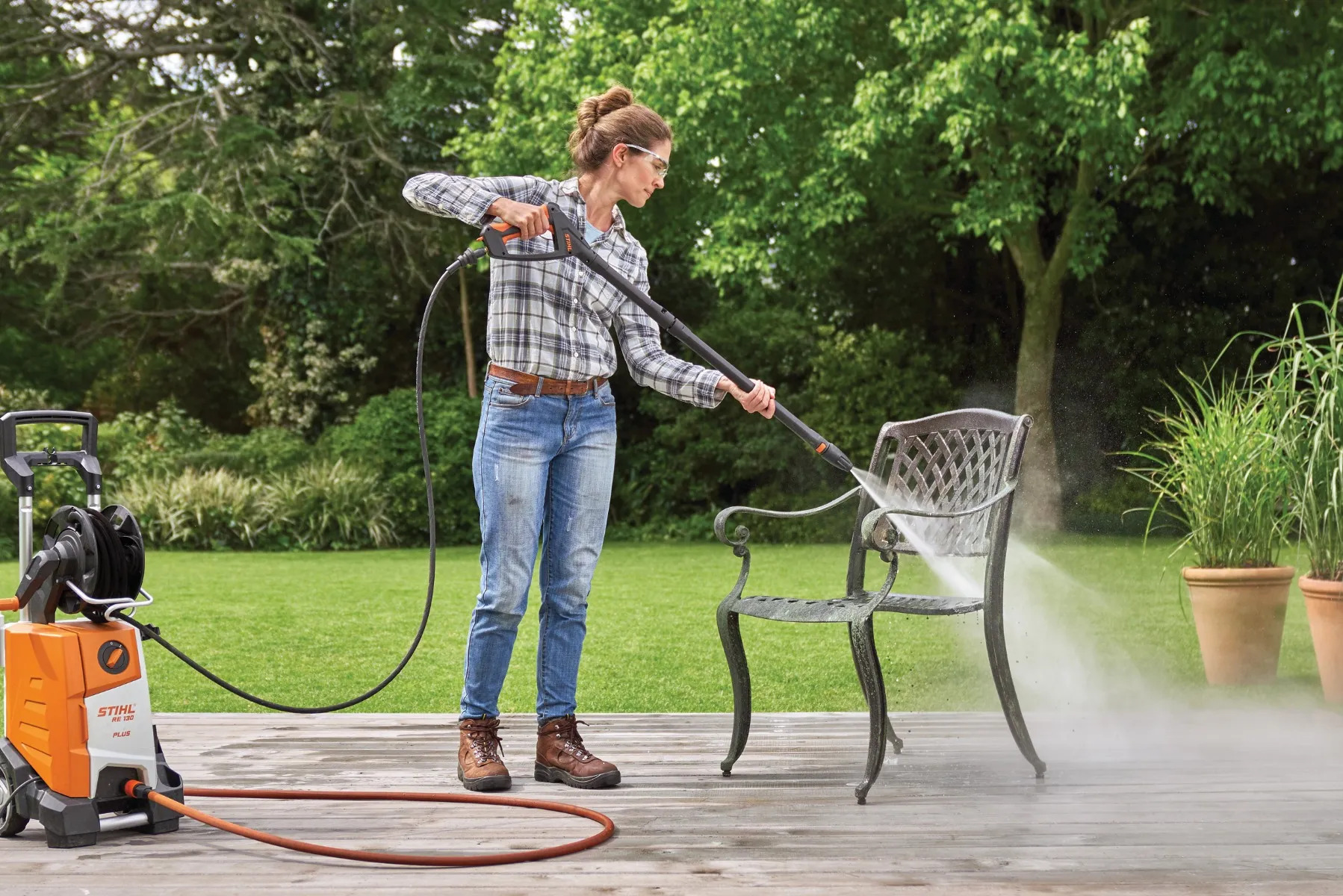
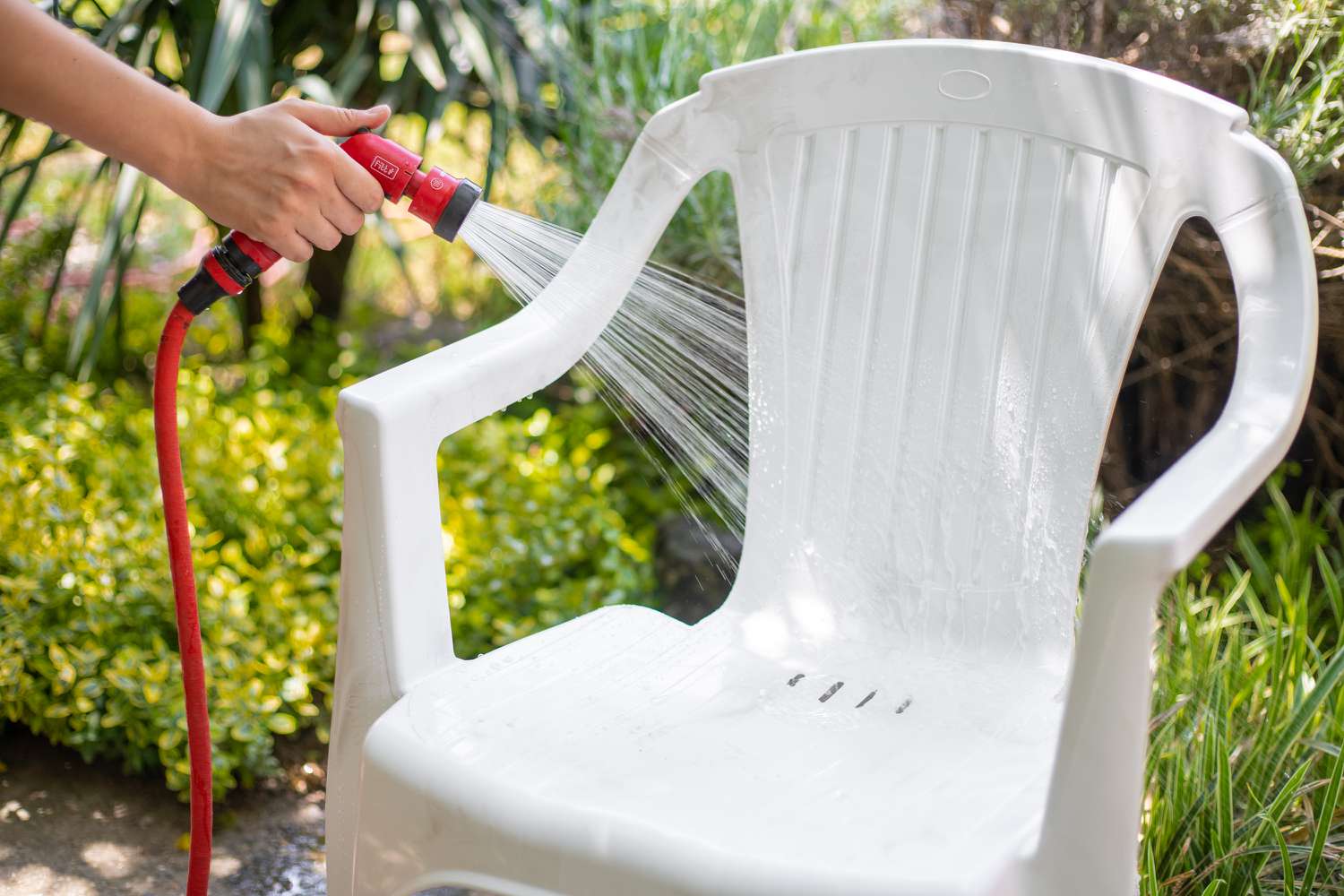
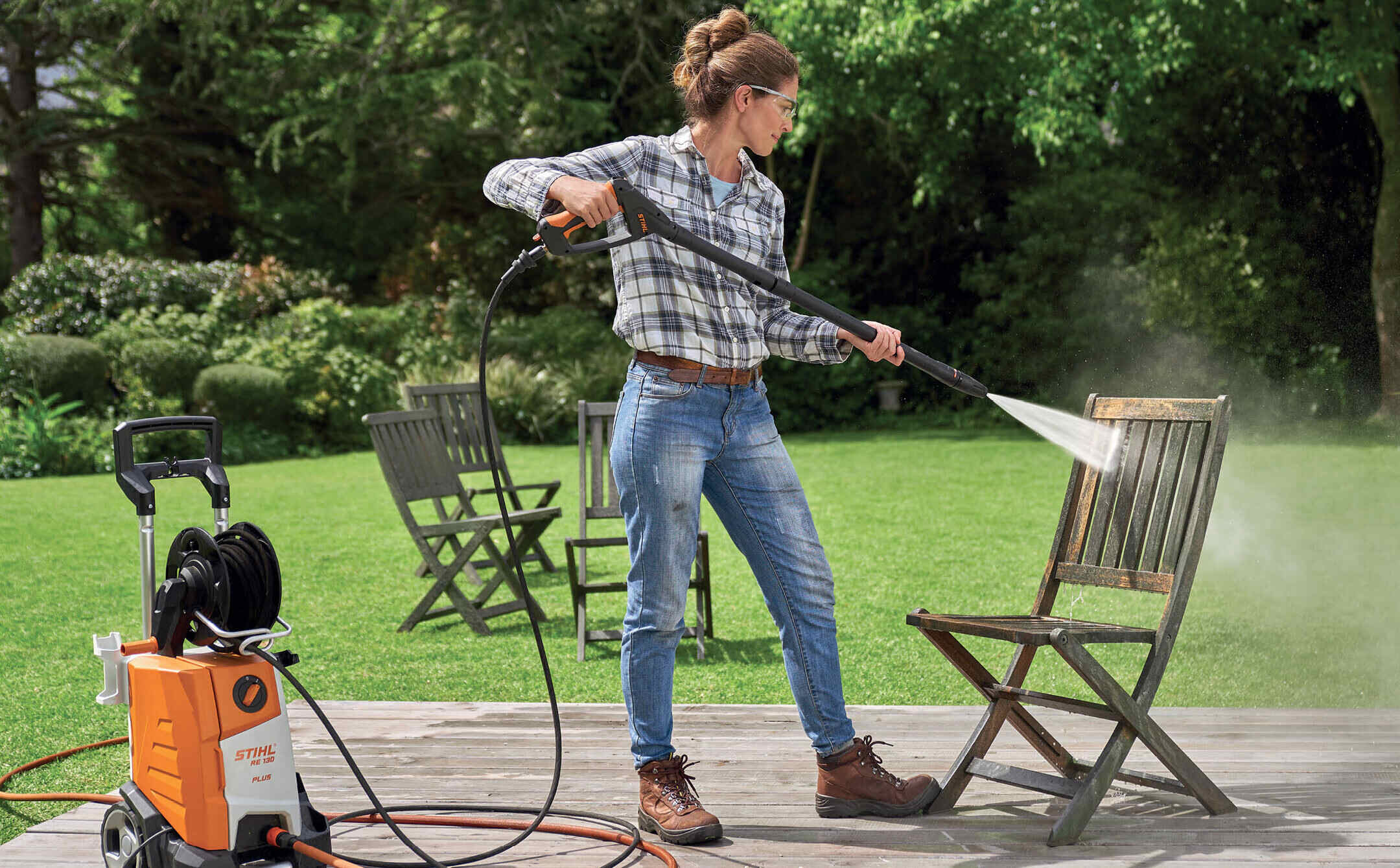
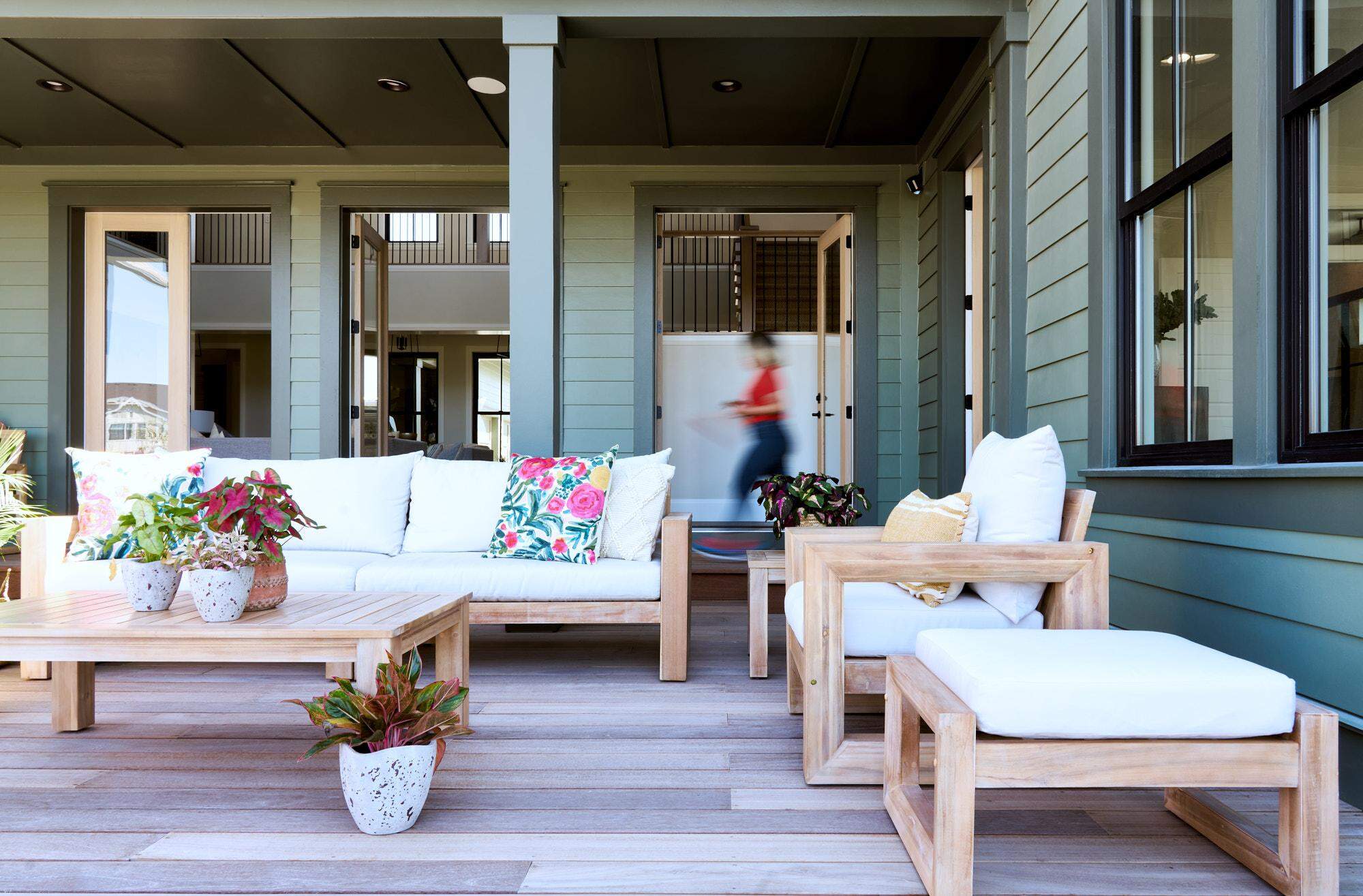
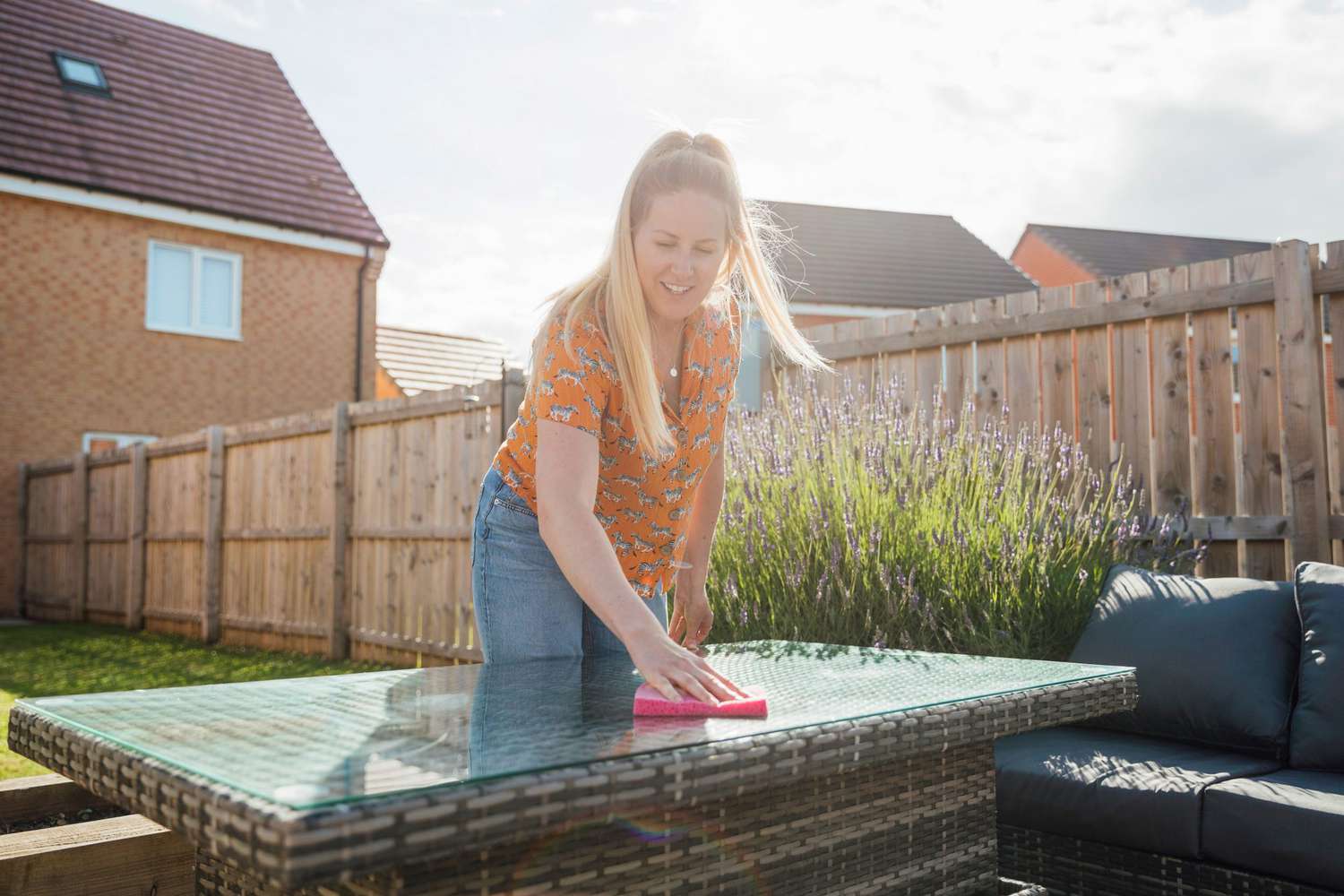

0 thoughts on “How To Clean Outdoor Furniture”